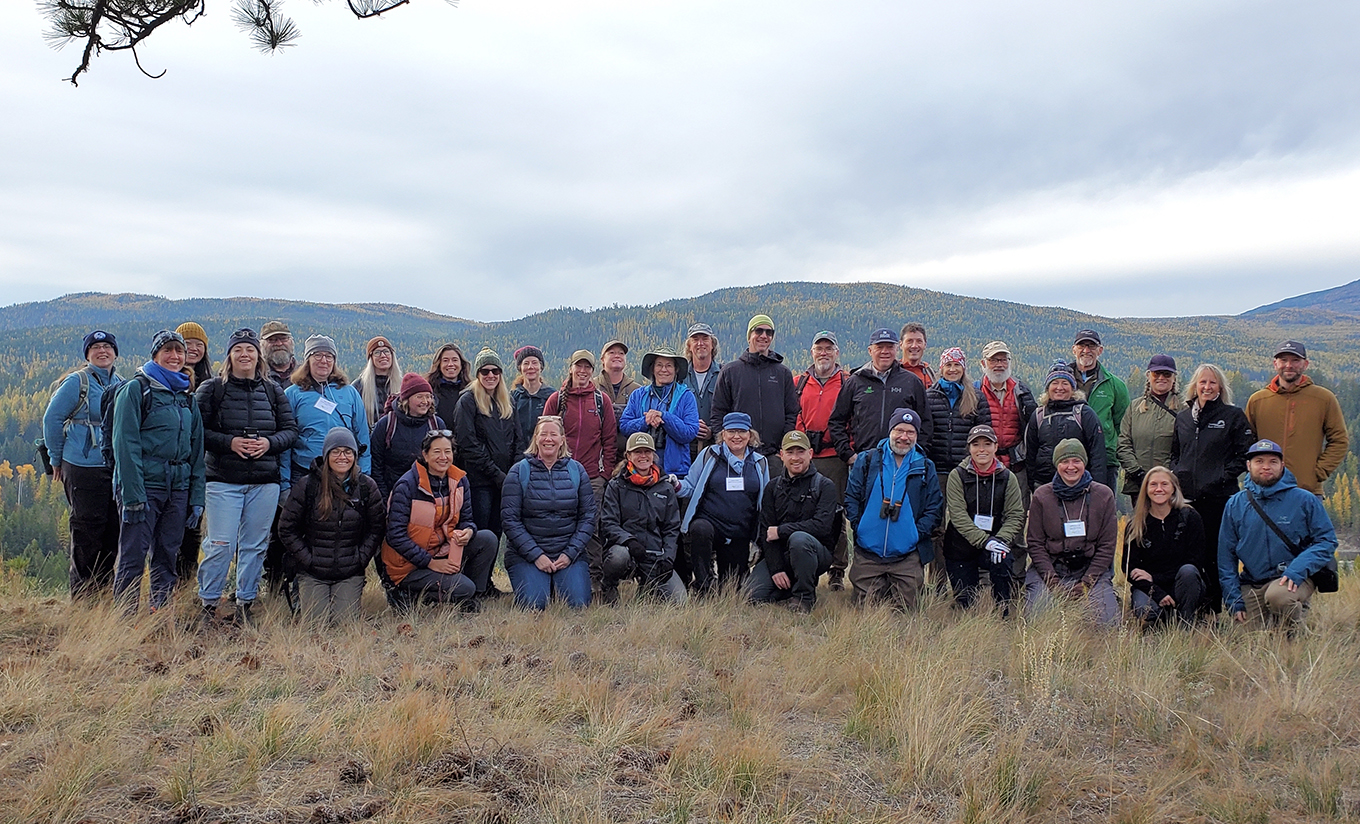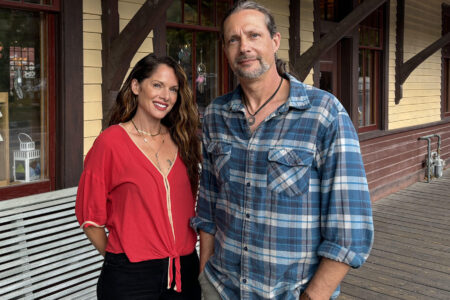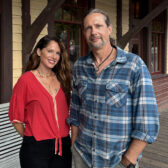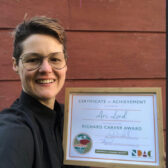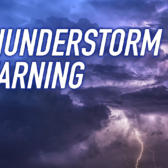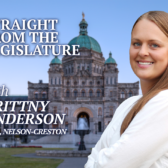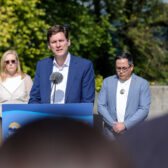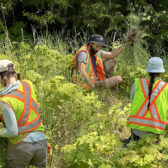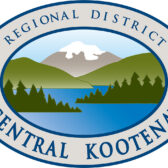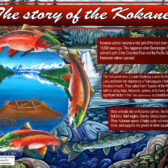Kootenay collaboration takes conservation to next level
On a bright October day, three dozen people crest a knoll in the Wycliffe Conservation Complex, a corridor of conservation lands just north of Cranbrook.
To the barn swallows overhead, the people — a line of puffy jackets in earthy hues — look as much a part of the landscape as the creeks and groves surrounding them.
But high-quality binoculars, waterproof notebooks and spontaneous swooning over rare grassland plants are not all this group have in common. They are connected by something bigger: a deep-rooted partnership with over 20 years of experience bringing people together to collaborate on shared conservation priorities — Kootenay Conservation Program (KCP).
Showcasing collaborative conservation is one of the many services KCP offers its 85 partners. As the group hikes by healthy stands of ponderosa pines, conversations drift from best practices for wildlife-friendly fencing to techniques for modifying trees to create bat roosts.
“Our partners are often in the field doing on-the-ground work,” says Juliet Craig, KCP Program Director.
“This is our fieldwork—learning how to effectively work together, sharing technical knowledge on stewardship action, scaling-up resources for our members, or identifying ecological priorities across the region.”
Partnerships like KCP have recently gained recognition for their potential to collectively shift the dial on landscape-level conservation objectives. In a 2023 report by the Centre for Land Conservation (CLC) — Canada’s national institute for land conservation research and policy development — author Sarah Winterton notes that among the many benefits regional partnerships offer, “they create the opportunity to solve complex issues that people, organizations, and government cannot solve independently.”
She also flags that regional partnership models add extra value to the southern regions of Canada “where a high percentage of land is owned privately.”
Although KCP’s mandate is to coordinate conservation efforts that focus on private land, it recognizes a holistic landscape approach is the best way to address the very real threats of biodiversity loss and climate change that are occurring at a larger landscape scale.
By understanding landscape in this wide-angle way, groups can zoom out from geographical and organizational constraints, to see how their work is amplified when part of a bigger picture.
Wthout a shared vision the big picture often means different things to different organizations, governments, sectors, regions and even countries — many of whom have historically operated in isolation from one another. Many groups are now calling for more robust, cohesive networks to support collaborative action, across all sectors. A 2021 paper entitled Build Back a Better National Landscape Conservation Framework — commissioned by the Center for Large Landscape Conservation and the Alaska Conservation Foundation — urges governments to implement policies and boost financial support for a more durable national landscape conservation framework.
As well, recognizing that healthy, connected landscapes are critical for global well-being, the 2022 Convention on Biological Diversity adopted a global biodiversity framework, which included the target to protect 30% of the Earth’s lands, oceans, coastal areas and inland waters by 2030.
Known as 30×30, this initiative kicked-off a global effort to increase the total area of conserved and restored natural ecosystems and address widespread impacts of biodiversity loss and climate change.
However, achieving a target of this scale relies on coordination from all angles and, as Winterton points out, “will take innovative approaches to whole-landscape conservation, ones that are durable, efficient and that effectively engage Indigenous Peoples and communities.”
Over the last two decades, KCP has more than doubled its partnership and coordinated with land trusts to conserve 82,679 hectares of private land. Its most recent initiative—Kootenay Connect—has identified a dozen key ecological corridors across the Kootenay region and supported over 50 stewardship and restoration projects in these priority places.
Initiatives like Kootenay Connect, paired with a two-decades-long investment in engagement strategies, tools, and resources, have positioned KCP as a leader in regional conservation partnerships both nationally and internationally.
It’s no surprise then, the CLC report chose to feature KCP as one of four regional models across Canada that use the partnership framework to address both biodiversity and climate concerns.
“The scope and scale of issues facing us, both now and into the future, can feel daunting,” says Craig, now at the tail end of the field tour.
“But being out on this land, walking together, it’s a reminder of why we’re here—collaboration is not just an add-on, it’s an essential part of the solution.”
The group pauses for a group photo. Inside the camera frame, they stand shoulder to shoulder. Outside the frame, the land continues — north, south, east, west — a system of working ranches, wildlife corridors, towns, wetlands, highways, open grassland forests, industrial sites and lakes.
Making sure this system continues to sustain biodiversity and naturally-functioning ecosystems is part of the KCP vision. Shared by all partners, it’s a vision that sustains them too.
Kootenay Conservation Program
(KCP) is a partnership of over 85 organizations that work together for connected habitats and landscapes in the Kootenays that sustain biodiversity and naturally functioning resilient ecosystems that, in turn, support community well-being. Learn more at www.kootenayconservation.ca.


